Simulations, Role Playing, and Philip Toppino at Where Our Families Train
“Ninety-nine percent of the time, nothing happens,” Philip Toppino says at the beginning of class. We’d just been led through the WOFT morning ritual of the Pledge of Allegiance, a spoken prayer, and the national anthem. “But if it does — you need to know what to do.”
Originally founded as West Orlando Firearms Training, this Lake County company soon rebranded as WOFT (pronounced “wahft” but meaning Where Our Families Train), as their classes quickly moved beyond the gun. WOFT advertises themselves as providing real-life scenario safety and instruction, and I would spend a late October weekend with them learning exactly what that means.
About an hour from Orlando International, the entrance to WOFT is down a sandy road recently disturbed by the two-punch combination of hurricanes Helene and Milton.
Halloween inflatables greet you at the gate, and the seasonal theme continues throughout, the WOFT facility always done up for the major holidays — but Halloween is a special one. And WOFT takes the family part literally; the 20-acre facility is peppered not only with many earth-toned steel training structures but also the Toppino homestead. Even Grandma has her own place on the property.
All together, the campus is a mix of functional, modular training spaces and the day-to-day activities of everyday family life. From the teal poolside furniture or trampoline, you have an easy view of the low-light training building and jack-o’-lantern-lined helicopter pad.
Disc golf baskets and an idyllic tire swing splay between the coffee shop where meals are shared and the 360-degree live-fire shoot house. Almost the entire property can be viewed from the rooftop deck/parapet combination, including the covered 100-yard range, shooting bay, hand-to-hand center, and even an array of solar panels a field away.
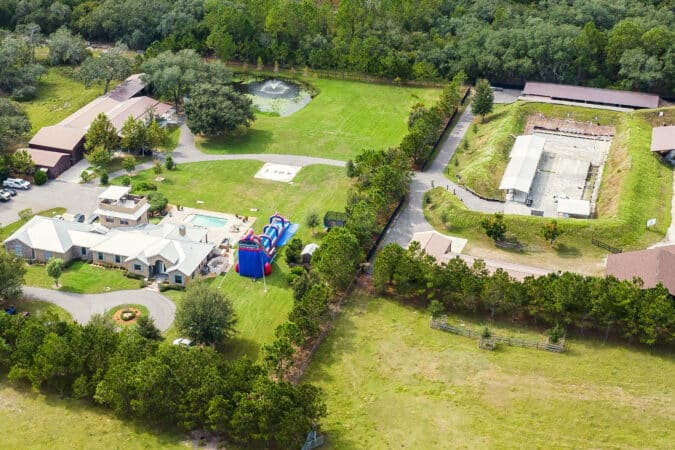
DAY 1
Fog from the nearby marshland roils across the grass on the morning of the first day, some of the glowing decorations looking truly spooky just before the sun breaks through to boil it off. There’s an optional home-cooked breakfast at 7:30 a.m. inside the coffee shop, and everyone meets inside Station 3, the Scenario Safety lowlight center, at 8:15 a.m.
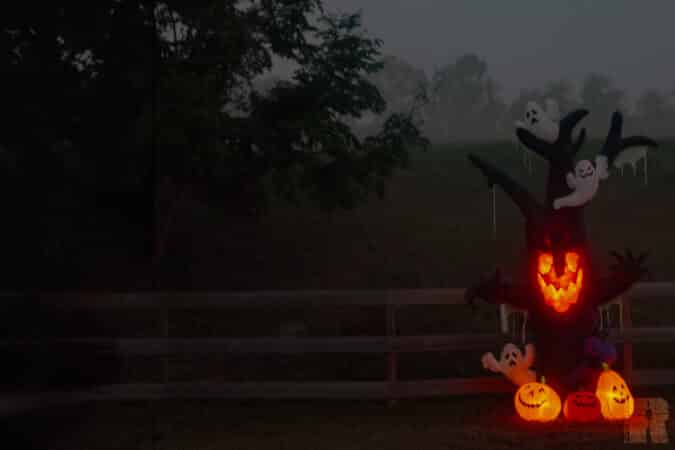
Front and center is Toppino, founder of WOFT. He’s a tall, lean man raised on Key West waters, wearing a T-shirt that reads “Type A.” A former collegiate athlete, Toppino’s features belie his Italian origins as much as his last name. “We all want safety for our families when we’re not there,” Toppino says, a refrain he’ll repeat many times.
When Toppino began his family, his search for security started at a legacy shooting school out west. But it wasn’t terribly long before he outgrew their rubric. “I had to make the place I wanted to train; no one else was doing it.”
A large American flag sits tall across the back of the room, the front featuring a television with an assortment of tools like pepper spray and training knives on a shelf below. The walls are lined with sponsor banners and movie-poster-like photo collages from former classes, the latter complete with credits and conservative political hashtags.
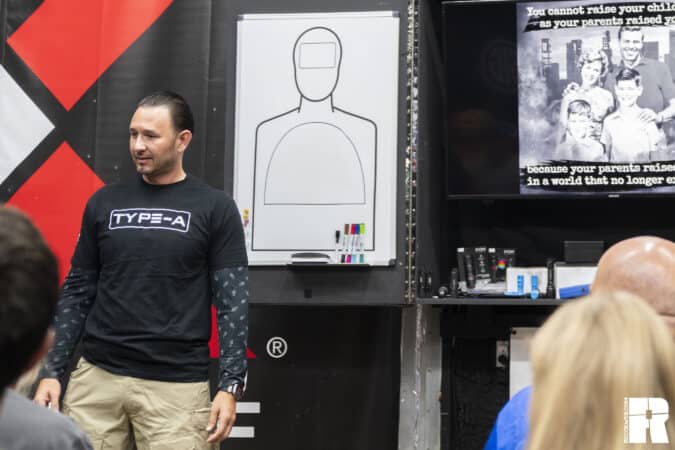
WOFT prides themselves on tailoring their training to their attendees rather than providing a one-size-fits-most approach. This necessitates that class sizes be small, with at least two instructors or staff members per student.
All told, on this day there were perhaps 15 students, around half being in my group, and also a handful of observers. Because my role is a bit unique, I floated between student and observer, sometimes getting hands-on and other times taking notes or clicking a shutter.
There was the aforementioned pledge, prayer, and anthem. Then, there are introductions, a group photo, and discussion of the plan for the day. Some members of the local police department are present to use one of the ranges that morning. One of the observers is a Washington lobbyist. One of the instructors works Special Access Programs at Lockheed Martin as their day job, another a former GRS Special Agent for the CIA.
My group was a microcosm of America, with diversity not only in gender but also race, age, and career: husband-and-wife Colorado business owners with five children; a Los Angeles video producer and his Florida father; an executive from Chicago who trains in judo; a teenager with a political show on Rumble along with her little sister; a happily retired couple who want to learn how to work together; and Danny Zacharias of Surviving Mann fame was a floater like me, sometimes serving as a role player and other times a student.
Toppino showed us a lot of videos selected from nearly endless labeled folders. Nature’s vast interdependent food web provides ample example of predator tactics along with novel prey counters. Big cats and wolves go after our young, old, and infirm, so it’s of great utility to look more dangerous if confronted.
What’s universal is making yourself appear too dangerous to be worthwhile. There are cats who puff up against owls, butterflies with false eyes, and even the elephant-hawk moth larva that looks and acts like a snake. Other videos showed smaller, weaker animals surviving through unconventional methods like surprise aggression before fleeing to safety.
There were also some showing real human violent encounters and kidnappings, Toppino taking the time to explain what’s going to happen in the clips before they are shown in their entirety. “Don’t listen to what the FBI says,” Toppino states as a matter of fact, “things are getting worse and they’re going to get worse.”
SCENARIO TRAINING
The scenario training in this course is all about transitional spaces, those in-between places you traverse between destinations. This includes any place between where you park and where you’re going, as well as the vehicle itself. The low-light training area can go from pitch black to streetlight-illuminated to club lights in an instant to simulate different environments.
There’s a minivan, plenty of instructors, props like rolling trash cans, and cameras in all corners for later review. The role players are all in full safety gear, the ground is padded like a martial arts studio (all of the floors in all of the training buildings are padded this way for flexibility), but the students wear what they normally wear.
WOFT doesn’t believe in blind scenarios, not really. Blind runs are good for tests and competitions but not for group learning. The person put into the situation doesn’t know what’s going to happen, but the rest stand on a catwalk and watch it play out.
Role players may have training knives, including a shock knife — this stun gun and rubber blade combination lets you know when you’ve been touched. On low, it’s like a static shock; on high, it’ll go right through your clothes.
After learning some basics about how and when to become more aggressive and making smart use of flashlights, the real learning comes from the scenarios themselves. It’s an iterative process, layers stacking like a lasagna, and the tactics are baked right in. Each student run is different, instructors adapting to how they respond in each instance.
We start with a teenage girl and end with a married couple, the latter run first individually and then together. One of the big downsides of most other scenario training with role players is that they almost always end in a shooting, but that’s not the case here — just like in real life, sometimes nothing happens at all.
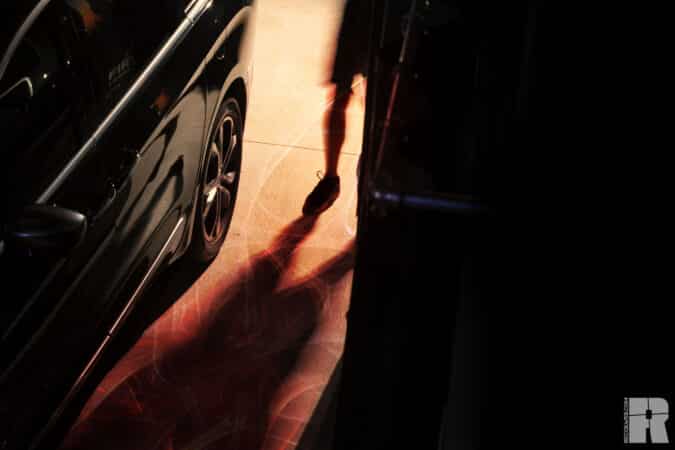
You can learn a lot from watching videos, but you pay far more attention when watching people you know, even if you just met them a couple hours ago. The woman from Colorado was being nice to the role player until she couldn’t. And when she switched gears, the room electrified, some sort of primal ozone in the air you could taste on the tongue.
She yells, commanding and LOUD. This red dangerous energy rapidly expands and radiates like the pressure bubble of a bomb, rippling goose bumps across my flesh yards away as it passes. The words I don’t remember but the feeling is unforgettable, and no one in their right mind would’ve messed with that woman in that moment. No, you can’t experience that from a video.
VEHICLE SOLUTIONS
The afternoon training for my group moves inside vehicles, and it starts out with an informed lecture about the use of deadly force by Yates Crawford. The long and short: Yes, state laws vary when it comes to deadly force. No, that doesn’t always matter all that much. “Self-defense is a legal defense,” Crawford says, “it’s only something that comes up after the fact. And even then, it can cost you a lot”.
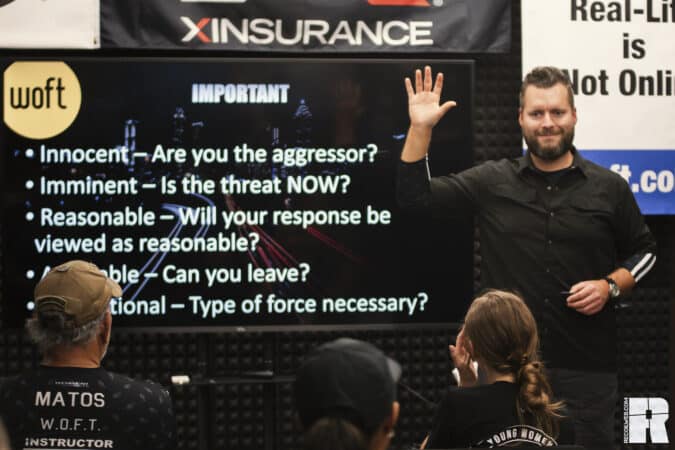
This afternoon is inside the car, but not driving. It’s absolutely true that usually the best course of action is driving the hell away, but it’s not always possible. This portion was all worst-case: You can’t move your car, and your windows are down. Students learned how to brace themselves to avoid being pulled out. How to manipulate their seatbelts without getting tangled during a tussle. Considerations about just giving up the keys. And, of course, all of the lessons learned earlier. Unlike the morning spent being an observer, here I got behind the wheel.
I’m a city dweller who enjoys the sounds, hustle, and bustle of a populated area. Learning how to read the subtle signs of the street is part and parcel of the territory. That, combined with my overseas military experience and the many other courses attended over my career, ensured I was extremely confident.
And then came Al Matos.
He’s not particularly tall or intimidating, and his beard is more gray than black. On the surface, he’s rather unassuming, unless you can recognize his smile. A retired Green Beret warrant officer, former CIA ground branch guy, Special Deputy for U.S. Marshals, and a great many other impressive acronyms are on his resume. The easy smile of a competent, confident, and dangerous man with a lifetime of experience.
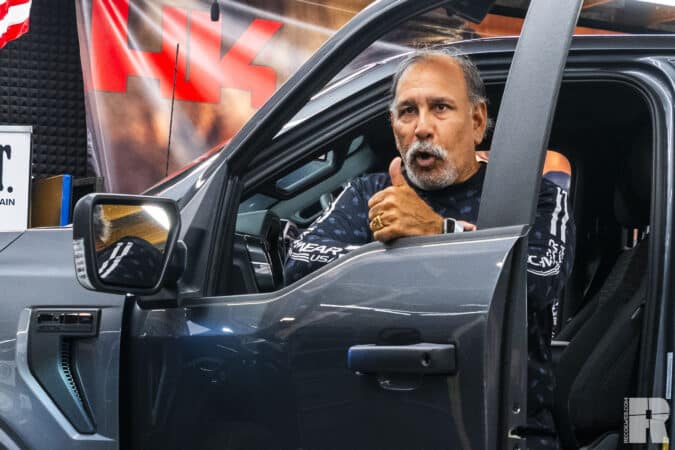
The scenario started out fairly normal. There was no training pistol tucked into my pants, just a flashlight and my wits in the front seat of the car. The initial exchange wasn’t too aggressive, but then it escalated. When the fight starts the world condenses, my awareness a bubble not much longer than my limbs. The outside turns down, the time inside stretching.
The situation is fake. Everything is simulated. There are no actual bad guys. But this fight? For a few short seconds it was absolutely real. You don’t get that in a normal class, and you sure as f*ck don’t get that from a video.
The training regimen at WOFT is shaped like an hourglass. It starts with a base of religious Americana, broad lessons from nature, and tapers to the middle for the individual. The tools, tactics, and techniques to personally employ are the real meat, the rest like a preparatory process.
The sunset of the day dawns with a debrief — lessons learned, experiences had, shared with the wider group. It isn’t nature videos next, but reels with a larger-scale, more-conservative political bend to them. Less Steve Irwin, more Jordan Peterson.
DAY 2
There’s yet more Florida fog enveloping the facility as I walk to the coffee shop for breakfast, footfalls muted by moisture. At breakfast, there are custom jerseys for everyone. Names are on the front and back, a WOFT symbol, and layered with the logo of the latest corporate sponsor, Firearms Legal Protection. Repeat students have more stars on the front.
Turn the hourglass over; the structure is stable even if the modules are different. There’s the pledge-prayer-anthem and Toppino kicks off lectures supported by short videos. Some of these are national in scope like discussions of cash bail, but they do discuss something not often covered by defensive classes — that the police are not there to protect you.
This is why nothing of significance happened to non-acting officers when a mass shooter invaded Robb Elementary School in 2022 and the same at Parkland High School in 2018.
“It’s not meant to scare you, but anything can happen at any time,” Toppino tells the class.
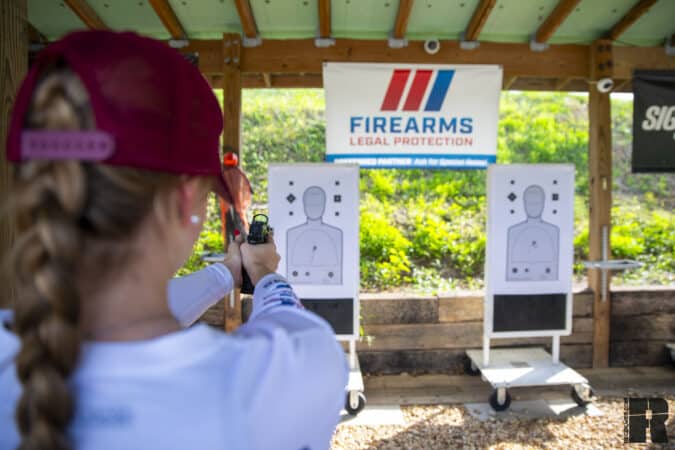
When it was time to break into individual modules, my first would be firearms. Shooting is somewhat incidental to the overall course structure, but WOFT has several ranges. For a great many students, it’s more about safety and familiarization. But because here it’s all about tailoring, I peeled off to train with more advanced shooters while the rest went to the basics.
My range instructor was Buck Lawler, a tall, long-haired, tattooed USPSA Master Class competitor. The other students? Crawford and Zacharias, instructors and role players in their own right. Yes, those who work here are also sometimes students.
I’ve learned to make quick determinations about shooting schools by their safety briefs. If they have one it doesn’t mean it’ll be great, but if they don’t it’s not likely to be good. WOFT had a comprehensive, laminated safety plan that was thoroughly reviewed before any rounds went downrange. Put a check in that box.
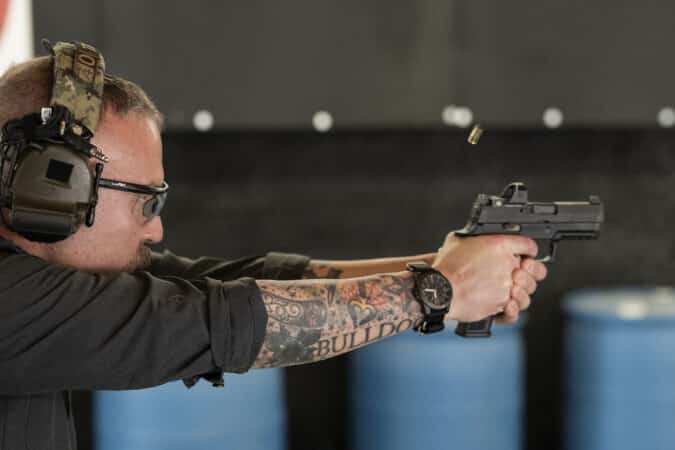
Everyone has their own shooting and teaching style, and Lawler taught me a couple ways to look at drills differently. The high-end technical banter and discussion between Lawler and the other instructors was also excellent. It felt like a one-on-one with a Master Class shooter, because essentially it was.
Next up was hand-to-hand, taught by Ben Zaharias and Erik Gianini, both extremely experienced martial artists. Toppino’s son even joined in on this segment. There was a flurry of sticks and kicks and blocks, none of which translate well to the written word.
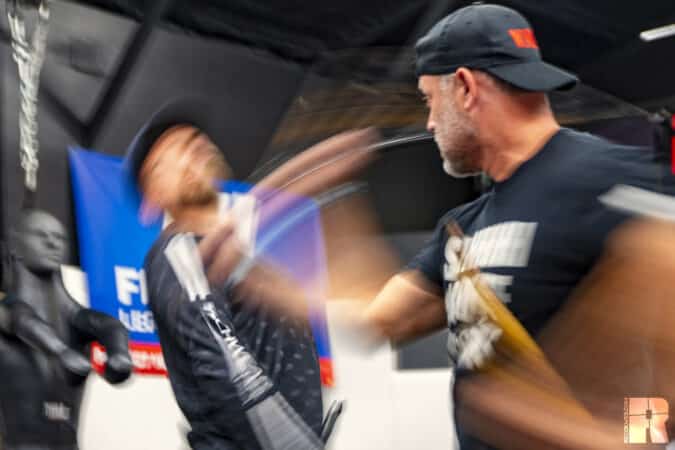
EVERYTHING ON PURPOSE
If Toppino is anything, it’s extremely adaptive. He’s a man always looking for a better way, to apply atypical techniques to see what works. Everything is intentional at WOFT. Toppino tells me all students are studied from the moment they enter in order to ensure tailored training. To what extent this studying happens can’t be said for certain, but I’ve learned to take competent people at their word.
There’s a full page of The New York Times from September 1989 framed on the wall in the main meeting room. It’s not the article about asbestos nor the Camera World advertisement that interests Toppino, but instead “Face Masks Fool the Bengal Tigers.”
This piece by Marlise Simons is about Indian villagers wearing masks on the back of their heads to prevent big cat attacks — and it works. “It was my inspiration to start the journey about what else we can learn from nature to make ourselves safer,” Toppino tells me.
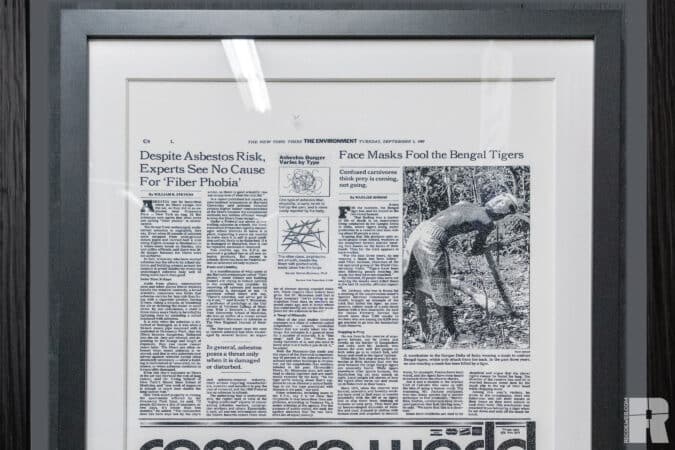
This asymmetrical approach for advantage applies to more than just defensive training and tigers. There’s a sub-40°F cold plunge/hot tub combination outside his back door, with a 220°F sauna yards away. (I blame Danny Zacharias for getting me to try it for myself. The cold is quite a shock! And after hitting the sauna, the endorphins made me feel like I could see auras for an hour.)
ROLL CREDITS
It’s the end of the class, some groups of students already released before mine. As before, the talk starts local before going global.
Reflecting on her first time shooting a gun, the woman from Colorado says it was “the therapy I didn’t know I needed” right as her voice broke and tears fell. Her husband comforting her. She had been in a moment the day before, when the red bubble rang out, and again today while on the range — deeply affected by the experience.
Later, I’d see a sanitized email of someone expressing the same. They wondered if they’d be up to the task, and at WOFT they found out they were. It would be easy for someone like me, who already had their mettle tested at war, to disregard these feelings. But I know they’re all too real. This sort of training can be life-changing.
Before we got our certificates, it went wide with politics again — discussions of wasting money on Hershel Walker instead of sending RINOs to WOFT to make them more conservative; how Elena Cardone, wife of Grant Cardone, got more politically involved after attending; and even how Sophia Kai, an Axios reporter not on the conservative-right side of the spectrum, still found utility in WOFT.
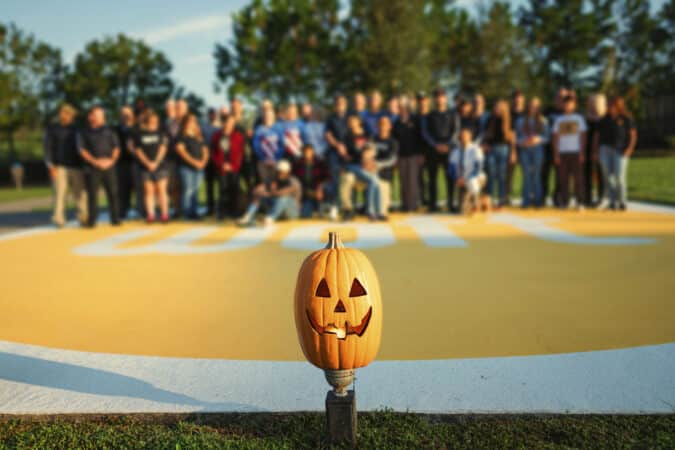
EPILOGUE
Some of the very best training you can ever receive is scenario training — there’s a reason why DARC and the FBI’s Hogan’s Alley are so highly regarded. The bottleneck in this business is the human capital available. You need role players who can correctly reflect reality, keep their own egos in check, and ensure everything remains grounded. Running through scenarios in your head and watching videos will let you game a bit, but it’s not a replacement for the real thing.
“When I grew up, I was always afraid of haunted houses,” Toppino tells me, which goes a long way to explain all the decorations. “But then I learned they couldn’t touch me.” Most of the situations you run into in life will be no more dangerous than those haunted houses or the plastic pumpkins that decked the halls at WOFT that weekend. And while the oft-repeated refrain is true, that 99 percent of the time nothing happens, sometimes there is someone lurking in the dark. And you have to know how to handle it if they are.
“Everyone has a plan until they get punched in the mouth,” Mike Tyson famously said. But that Tyson quote continues, “Then, like a rat, they stop in fear and freeze.” Freezing in training is a lesson learned and can be corrected. Freezing in a real fight for your life could be goodnight. Good scenario training might be fake and also be absolutely real.
As someone who’s already been to the dance, I’ll say that the real, fake training at WOFT is damn close.
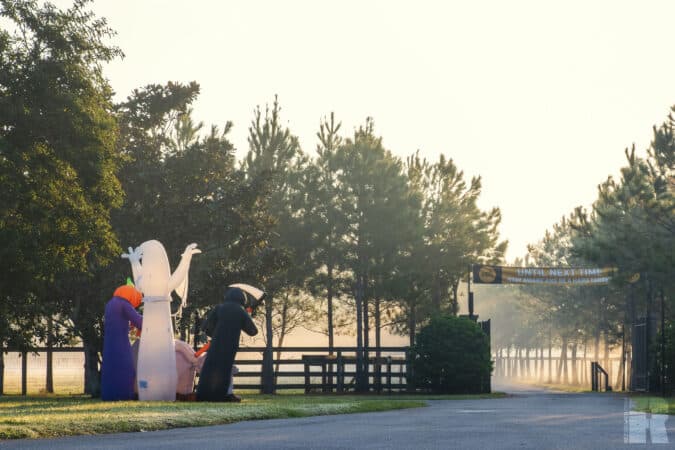
Since our founding in 2012, RECOIL remains the premier firearms lifestyle publication for the modern shooting enthusiast. We deliver cutting-edge coverage of guns, gear, accessories and technology. We go beyond basic reviews, providing no B.S. buyer’s guides, hands-on testing and expert analysis on everything from firearms and survival equipment to watches and vehicles.
Our reviewers are the backbone of our operation and come from diverse shooting backgrounds: Former law enforcement, military veterans, competitive shooters, seasoned hunters and plain old firearms enthusiasts. Furthermore, we’re not just gun experts, but dedicated journalists who adhere to the strictest standards of our profession.
At RECOIL, editorial independence is the foundation of everything we publish and the cornerstone of reader trust. Our editors, writers and content creators make all editorial decisions independently, free from outside influence. That boils down to: advertisers don’t dictate our coverage, the outcomes of our reviews or what we recommend in our buyer’s guides. First and always, our commitment is to our audience—ensuring every review and article is accurate, unbiased, and driven by real-world experience.
Whether you’re selecting your next firearm, upgrading your gear, or exploring the latest innovations in the shooting world, RECOIL provides the trusted insights you need to make informed decisions. Learn more about our Editorial Standards and how we review products.
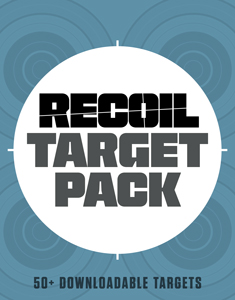
NEXT STEP: Download Your Free Target Pack from RECOIL
For years, RECOIL magazine has treated its readers to a full-size (sometimes full color!) shooting target tucked into each big issue. Now we’ve compiled over 50 of our most popular targets into this one digital PDF download. From handgun drills to AR-15 practice, these 50+ targets have you covered. Print off as many as you like (ammo not included).
Get your pack of 50 Print-at-Home targets when you subscribe to the RECOIL email newsletter. We’ll send you weekly updates on guns, gear, industry news, and special offers from leading manufacturers – your guide to the firearms lifestyle.
You want this. Trust Us.
Read the full article here

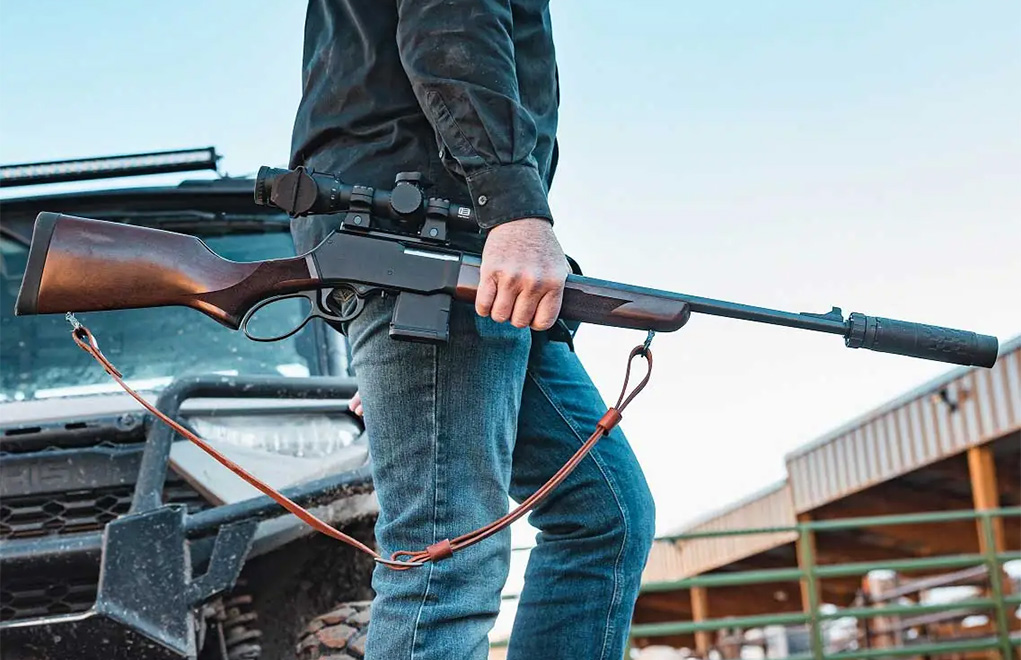

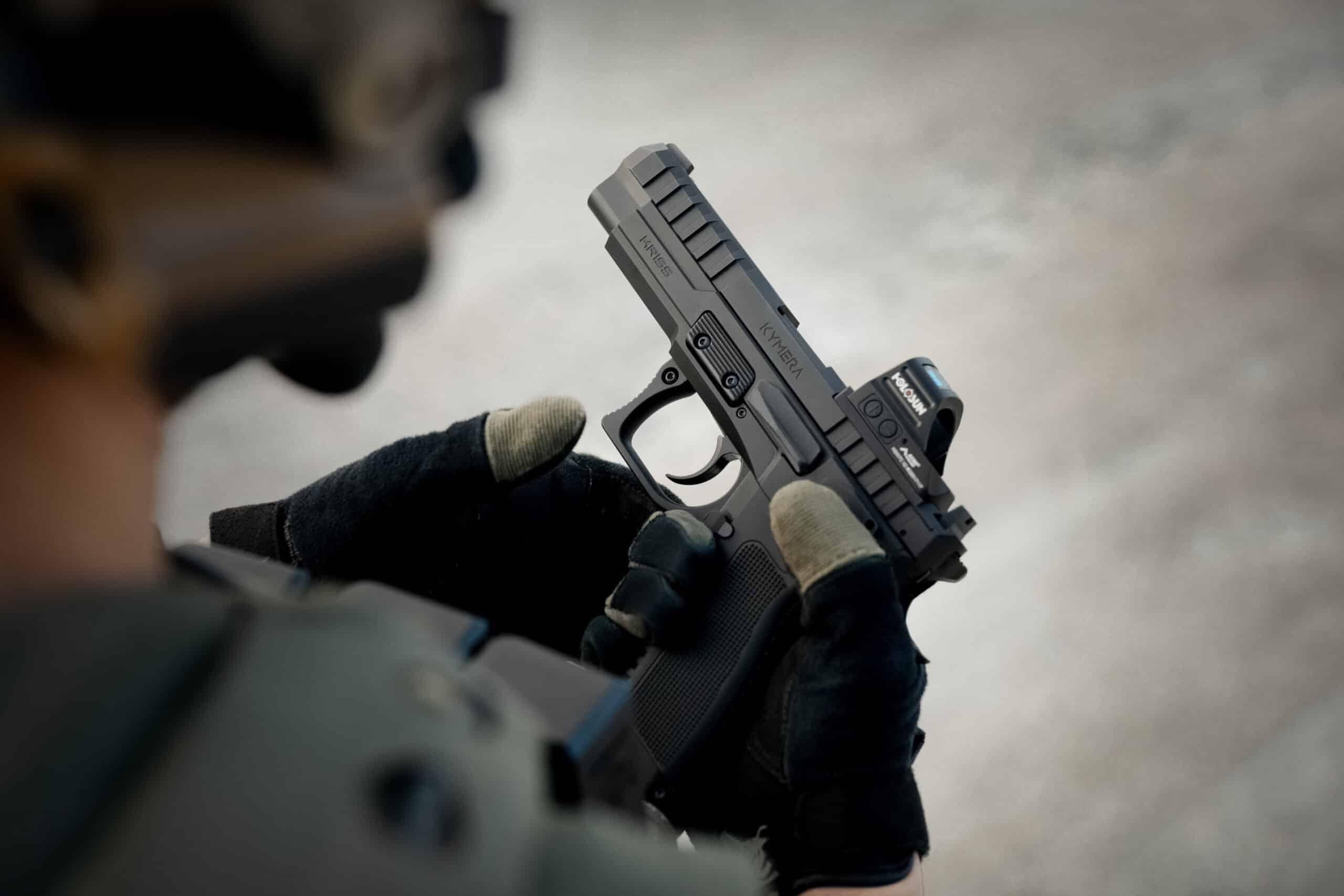
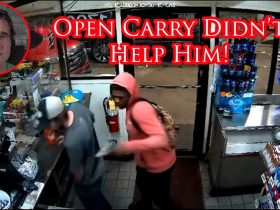
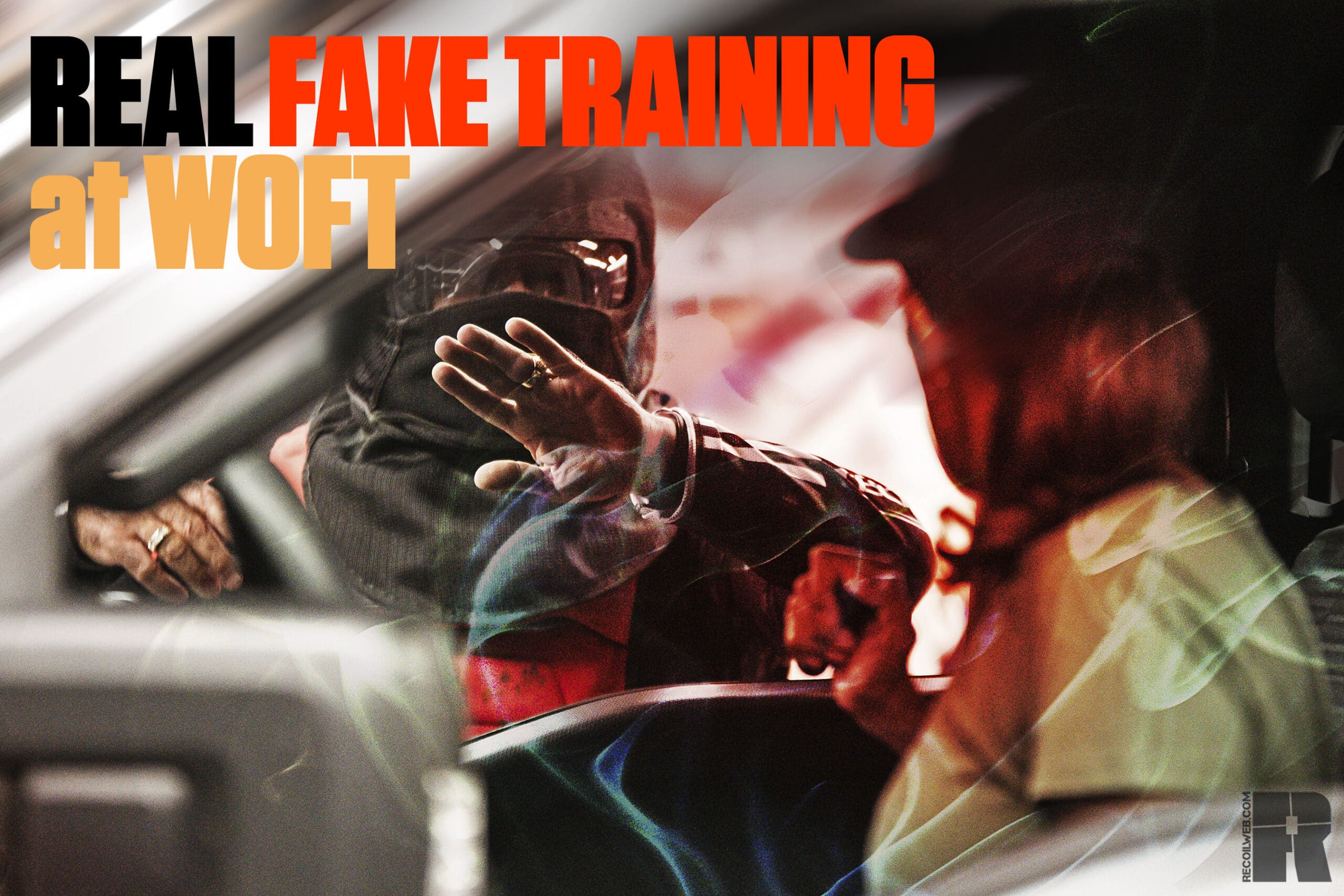
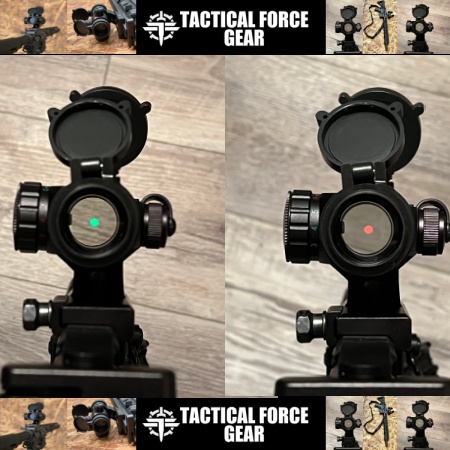

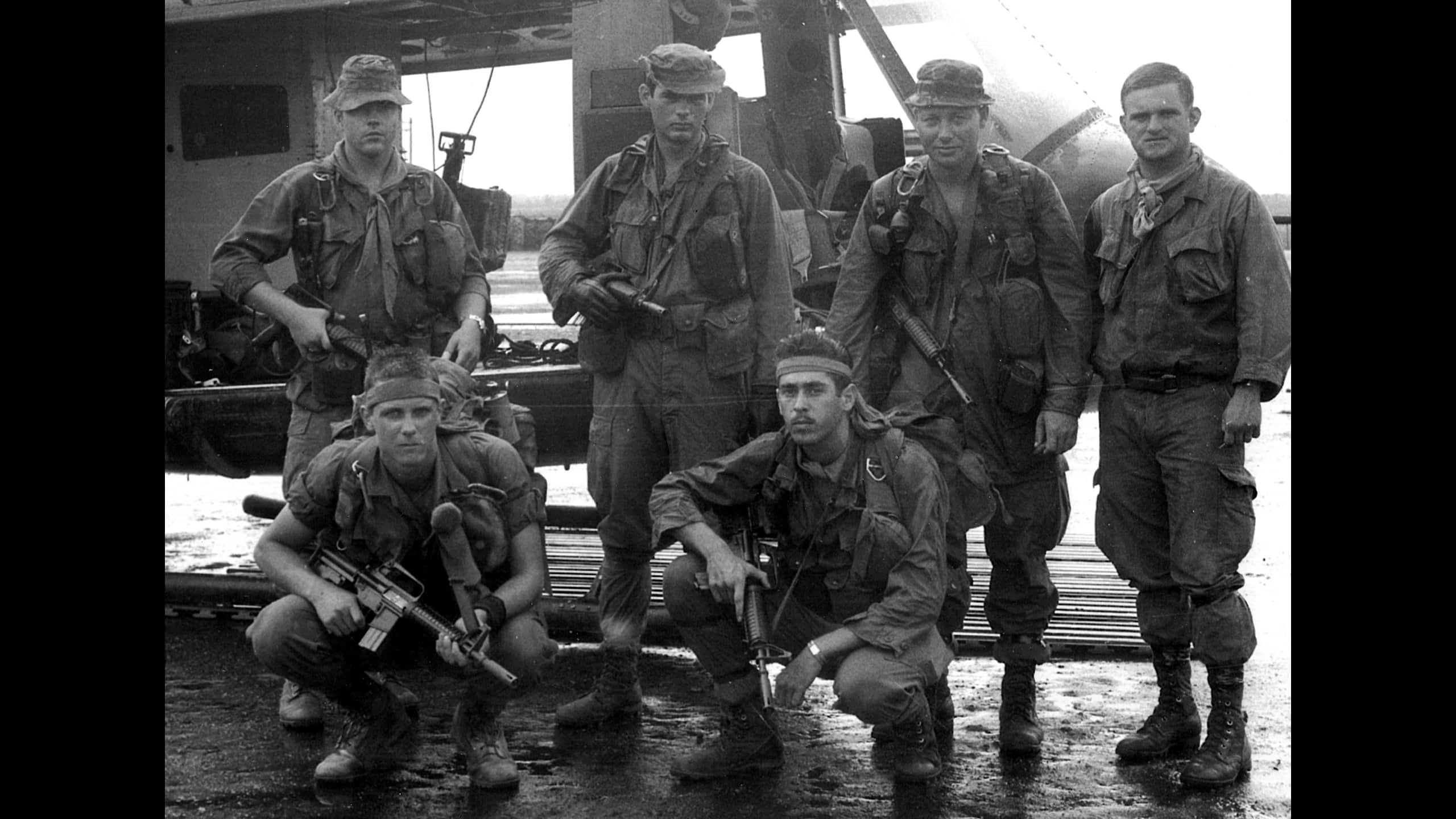
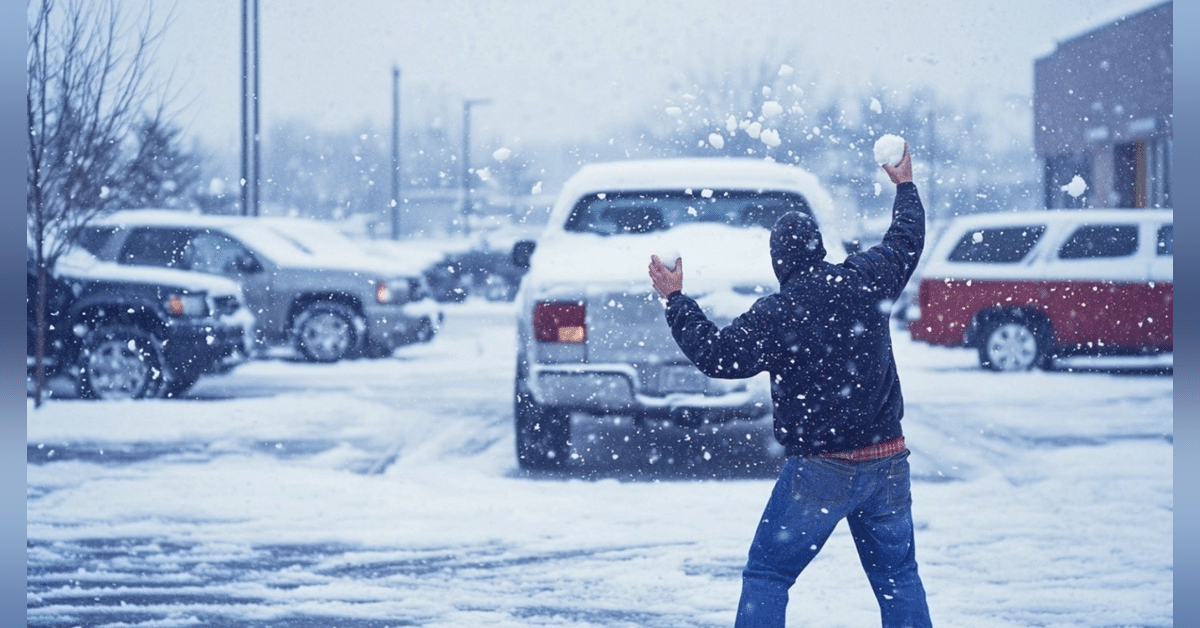


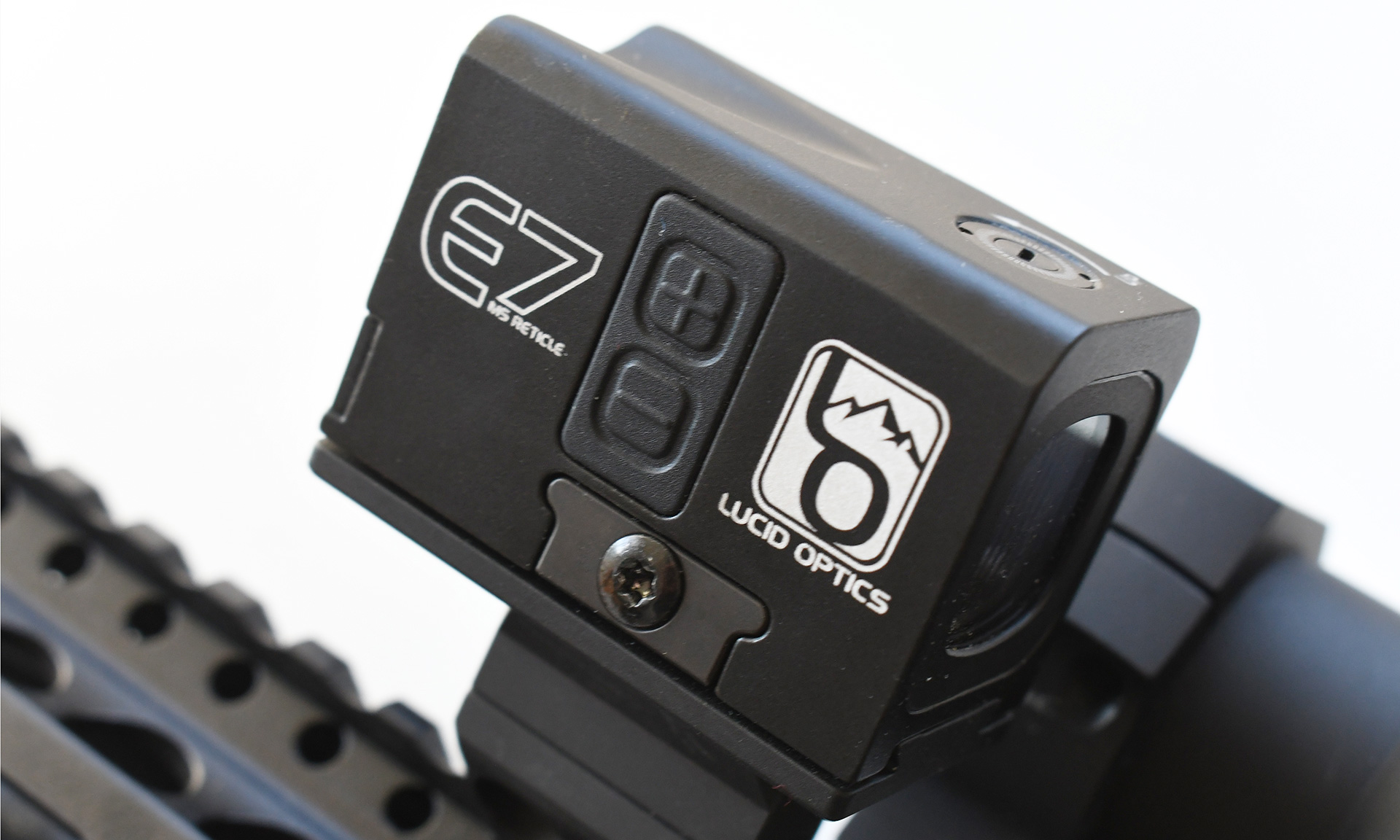

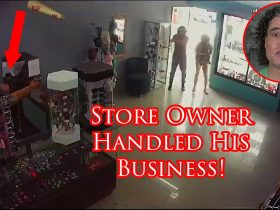



Leave a Reply